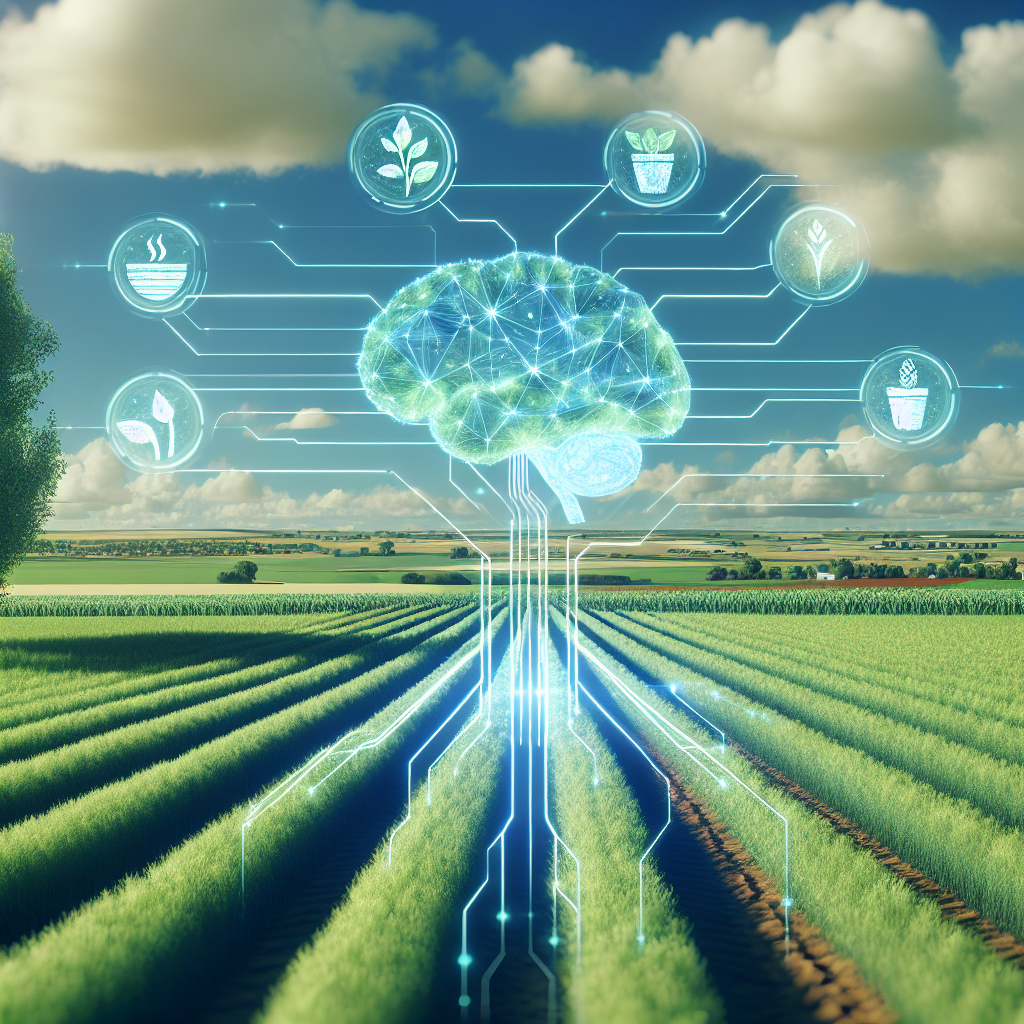In recent years, the food industry has seen a growing demand for transparency and accuracy in food labeling. Consumers are becoming more conscious of what they are eating and are increasingly concerned about the ingredients, nutritional content, and origin of their food. As a result, food manufacturers are under increasing pressure to ensure that their food labels are accurate and compliant with regulations.
One way that food manufacturers can enhance food labeling compliance is by leveraging artificial intelligence (AI) in agriculture. AI technologies have the potential to revolutionize the way that food labeling is done, making it faster, more accurate, and more cost-effective. In this article, we will explore how AI can be used to enhance food labeling compliance in agriculture, as well as some of the potential benefits and challenges of using AI in this context.
How AI Can Enhance Food Labeling Compliance
There are several ways in which AI can be used to enhance food labeling compliance in agriculture. One of the key benefits of using AI in this context is its ability to analyze large amounts of data quickly and accurately. This can be particularly useful when it comes to verifying the accuracy of food labels, which often contain complex information about ingredients, nutritional content, and allergens.
AI technologies can also be used to automate the process of generating food labels, making it faster and more efficient. For example, AI algorithms can be used to scan ingredient lists and nutritional information on food packaging and compare this information to regulatory requirements. This can help to ensure that food labels are accurate and compliant with regulations, reducing the risk of errors and inconsistencies.
In addition to verifying the accuracy of food labels, AI can also be used to track the origin of food ingredients and ensure that they meet regulatory standards. For example, AI technologies can be used to trace the journey of food ingredients from farm to table, providing consumers with information about where their food comes from and how it was produced. This can help to increase transparency in the food supply chain and build consumer trust in food products.
Benefits of Using AI in Food Labeling Compliance
There are several potential benefits of using AI in food labeling compliance in agriculture. One of the key benefits is the ability to improve the accuracy and reliability of food labels. By using AI technologies to verify the accuracy of food labels, food manufacturers can reduce the risk of errors and inconsistencies, ensuring that consumers have access to reliable information about the food they are eating.
Another benefit of using AI in food labeling compliance is the potential to increase efficiency and reduce costs. By automating the process of generating food labels, food manufacturers can save time and resources, allowing them to focus on other aspects of their business. This can help to streamline operations and improve overall productivity.
Using AI in food labeling compliance can also help to improve regulatory compliance. By automating the process of verifying the accuracy of food labels, food manufacturers can ensure that their products meet regulatory standards and avoid costly fines and penalties. This can help to build consumer trust and confidence in food products, leading to increased sales and brand loyalty.
Challenges of Using AI in Food Labeling Compliance
While there are many potential benefits of using AI in food labeling compliance, there are also some challenges that need to be addressed. One of the key challenges is the need for accurate and reliable data. AI algorithms rely on large amounts of data to make accurate predictions, so it is important for food manufacturers to ensure that the data they are using is accurate and up-to-date.
Another challenge is the potential for bias in AI algorithms. AI technologies are only as good as the data they are trained on, so it is important for food manufacturers to be aware of the potential for bias in their data sets. This can help to ensure that AI algorithms are making fair and accurate predictions about food labels.
Finally, there is the challenge of integrating AI technologies into existing food labeling processes. Food manufacturers may need to invest in new technology and training to effectively use AI in food labeling compliance, which can be costly and time-consuming. It is important for food manufacturers to carefully consider the potential benefits and challenges of using AI in this context before making any decisions.
FAQs
Q: How can AI technologies be used to verify the accuracy of food labels?
A: AI technologies can be used to scan ingredient lists and nutritional information on food packaging and compare this information to regulatory requirements. This can help to ensure that food labels are accurate and compliant with regulations.
Q: What are some of the potential benefits of using AI in food labeling compliance?
A: Some of the potential benefits of using AI in food labeling compliance include improved accuracy and reliability of food labels, increased efficiency and reduced costs, and improved regulatory compliance.
Q: What are some of the challenges of using AI in food labeling compliance?
A: Some of the challenges of using AI in food labeling compliance include the need for accurate and reliable data, the potential for bias in AI algorithms, and the challenge of integrating AI technologies into existing food labeling processes.

